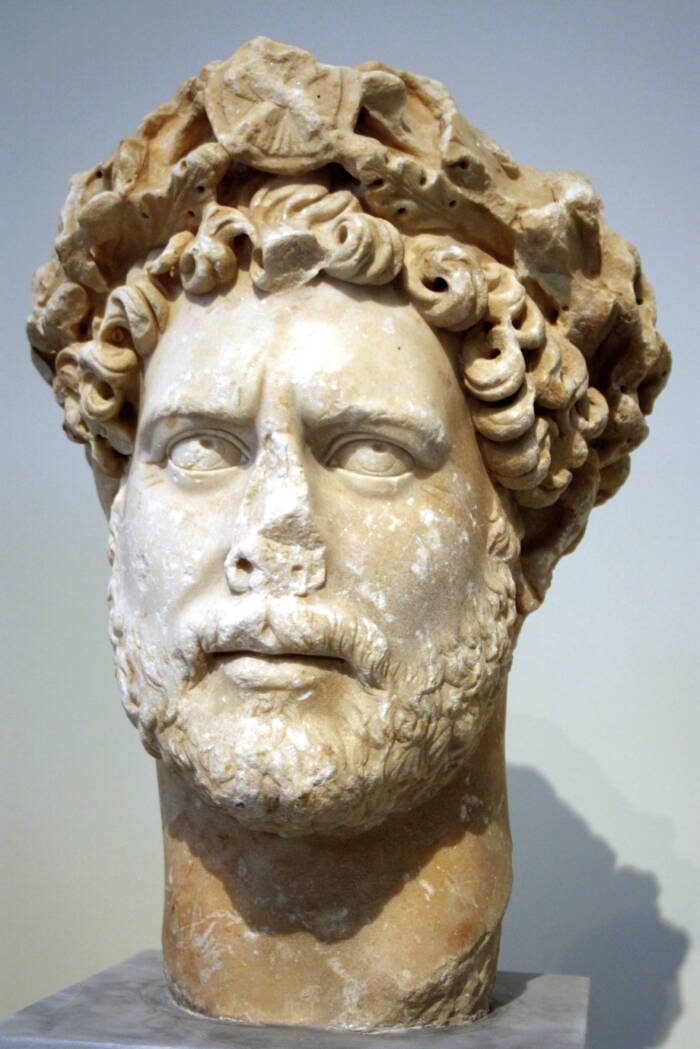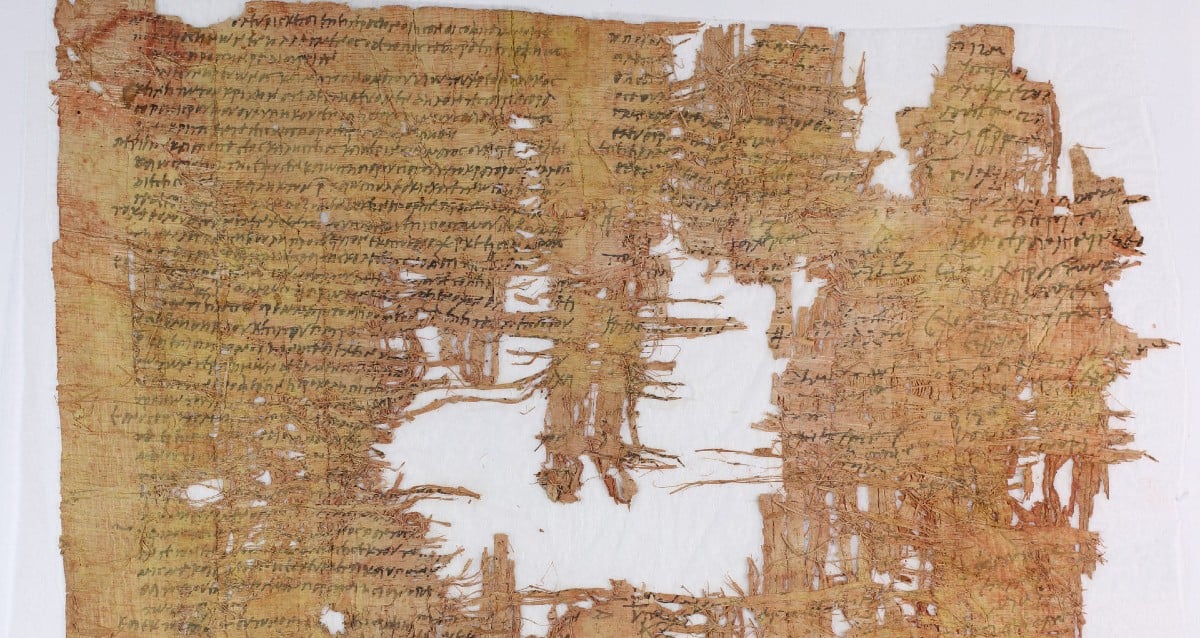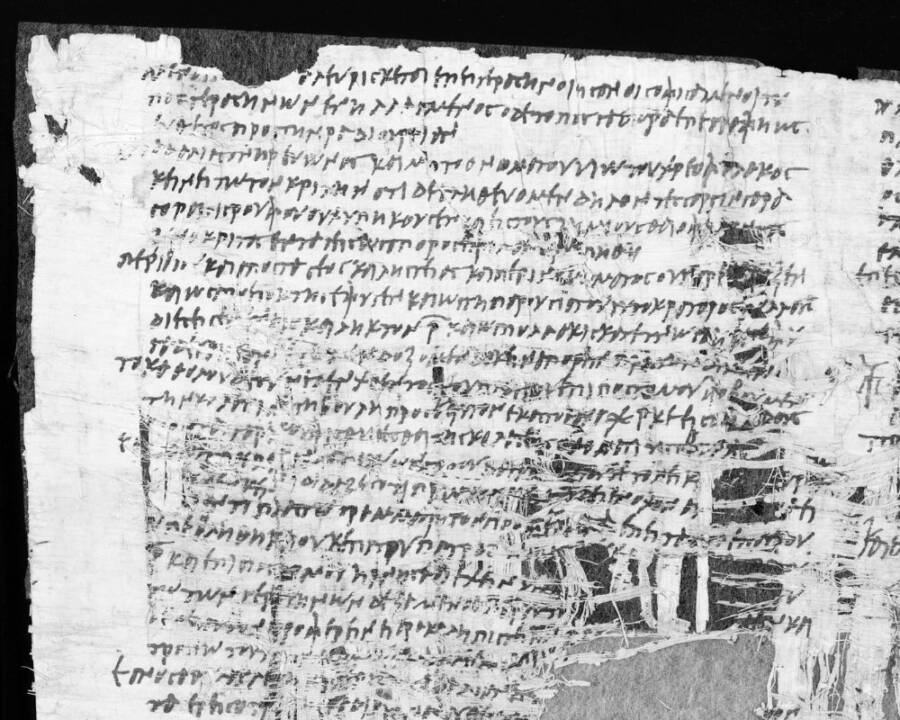“Secrets of an Ancient Trial: What a 1,900-Year-Old Papyrus Reveals About Justice in the Roman Empire”
As the researchers found, the papyrus implies that Gadalias and Saulos were involved in rebellious activities during Emperor Hadrian’s visit to the region.

Giovanni Dall’Orto/Wikimedia CommonsResearchers were able to date the papyrus because it mentions the Roman emperor Hadrian, who visited the region between 129 and 130 C.E.
“Whether they were indeed involved in rebellion remains an open question, but the insinuation speaks to the charged atmosphere of the time,” Dr. Anna Dolganov of the Austrian Academy of Sciences, one of the study authors, said in a Facebook post by the Israel Antiquities Authority.
Whether or not Gadalias and Saulos were involved in the rebellion, it’s possible that the Bar Kokhba revolt interrupted their trial. Indeed, researchers suspect that the papyrus was preserved because it was taken to a hideout cave by a refugee during the rebellion — possibly by one of the prosecutors’ scribes — where it was preserved after its owner perished.
From there, it seemingly fell into the hands of a Bedouin trader — and then made its way to the Israel Antiquities Authority archives. However it was preserved, researchers are grateful that it exists.
“This papyrus is extraordinary because it provides direct insight into trial preparations in this part of the Roman Empire,” Dolganov remarked. Study author Avner Ecker of Hebrew University added: “This is the best-documented Roman court case from Iudaea apart from the trial of Jesus.”
After reading about the ancient papyrus detailing a criminal trial in Israel, go inside the complicated story of why the Roman Empire collapsed. Or, learn about the elusive location of Golgotha, the place where Jesus Christ was purportedly crucified.




















